Can you learn SEO in two weeks? Absolutely! While SEO is a broad topic, focusing on the essentials can help you grasp key strategies quickly. This 2-week SEO learning plan is designed for beginners who want fast results. By following this guide, you’ll understand keyword research, on-page optimization, and even some technical SEO basics, giving you a strong foundation to grow your skills and improve your website’s rankings.
Introduction to SEO
What is SEO?
Search Engine Optimization (SEO) is the process of improving a website’s visibility on search engines like Google, Bing, and Yahoo. By optimizing content, structure, and performance, SEO helps websites rank higher in search results, driving organic traffic. It involves techniques like keyword research, on-page optimization, and building backlinks. A well-optimized site improves user experience, boosts credibility, and attracts potential customers. Embracing SEO is essential for businesses and individuals aiming to succeed online.

Importance of SEO in Digital Marketing
SEO plays a crucial role in digital marketing by driving organic traffic to websites and improving their online visibility. It helps businesses rank higher on search engines, ensuring they reach their target audience when users search for relevant products or services. Effective SEO strategies, such as keyword optimization, quality content creation, and link building, not only boost website traffic but also enhance brand credibility and trust. In a competitive digital landscape, SEO is a cost-effective way to achieve long-term growth, increase conversions, and stay ahead of the competition.
Day 1-2: Understanding SEO Basics
How Search Engines Work
Search engines like Google, Bing, and Yahoo use advanced algorithms to find, analyze, and rank websites. They crawl billions of web pages using bots, indexing content based on relevance and quality. Factors like keywords, user intent, and backlinks play a crucial role in determining rankings. By understanding this process, you can optimize your content to align with search engine criteria, improving your chances of ranking higher and attracting more organic traffic.
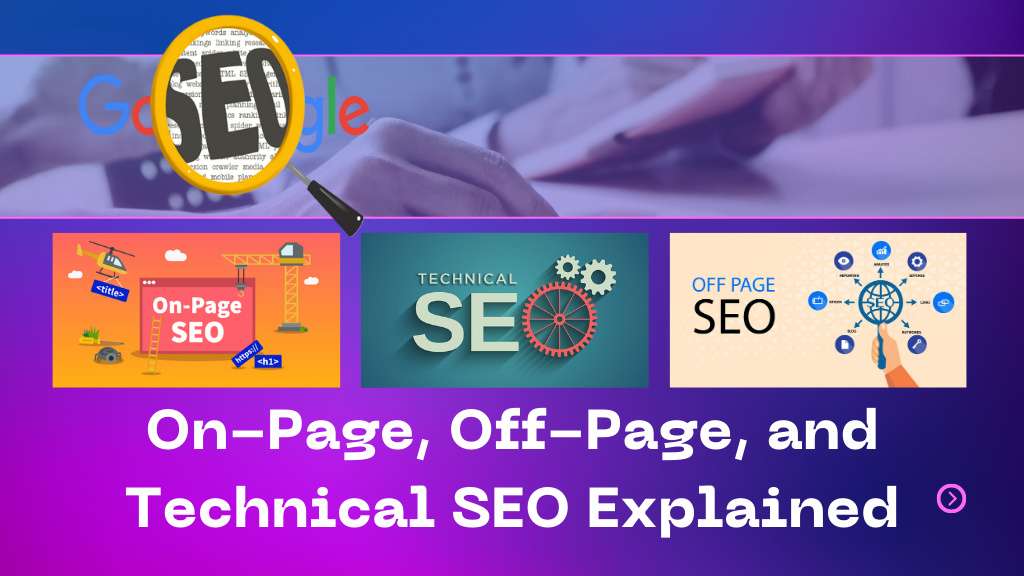
On-Page, Off-Page, and Technical SEO Explained
SEO has three main pillars: on-page, off-page, and technical SEO. On-page SEO focuses on optimizing elements like content, titles, and meta tags within your website to improve relevance and user experience. Off-page SEO involves building authority through backlinks, social shares, and brand mentions. Technical SEO ensures your site is crawlable, fast, and mobile-friendly. Together, these strategies create a balanced approach to improve your website’s visibility and rankings.
Day 3-4: Keyword Research Essentials
Understanding Search Intent
Search intent refers to the reason behind a user’s query on a search engine. It could be informational, navigational, or transactional, depending on whether the user seeks knowledge, a specific website, or to make a purchase. Understanding search intent helps you create content that matches user needs, ensuring better engagement and higher rankings. By aligning your content with intent, you can attract the right audience and increase conversions.
Tools for Effective Keyword Research
Keyword research tools are essential for identifying search terms your audience uses. Popular options like Google Keyword Planner, Ahrefs, and SEMrush help you discover high-volume, low-competition keywords. Tools like Ubersuggest and KeywordTool.io provide additional insights into long-tail keywords and search trends. Using these tools ensures your content targets the right audience and maximizes visibility on search engines.
Choosing Focus Keywords
Focus keywords are the backbone of SEO, representing the main search terms you want your content to rank for. To choose the right focus keywords, prioritize those with high search volume and low competition that align with your audience’s needs. Use tools like Ahrefs or SEMrush to analyze keyword performance and ensure relevance to your topic. A well-chosen focus keyword improves your chances of ranking higher and attracting targeted traffic.
Day 5-6: Mastering On-Page SEO
Optimizing Titles, Headings, and Meta Descriptions
Optimizing titles, headings, and meta descriptions is essential for improving search visibility and click-through rates. Titles should include focus keywords and grab attention, while headings help organize content and enhance readability. Meta descriptions provide a brief summary, encouraging users to click your link. By aligning these elements with SEO best practices, you can make your content more appealing to both search engines and readers.
Crafting SEO-Friendly Content
Creating SEO-friendly content involves blending valuable information with strategic optimization. Use your focus keywords naturally throughout the content, especially in titles, subheadings, and the introduction. Prioritize readability with short paragraphs, bullet points, and clear formatting. Ensure your content answers user queries effectively, provides in-depth insights, and maintains originality. Well-crafted SEO content not only ranks higher but also keeps readers engaged and satisfied.
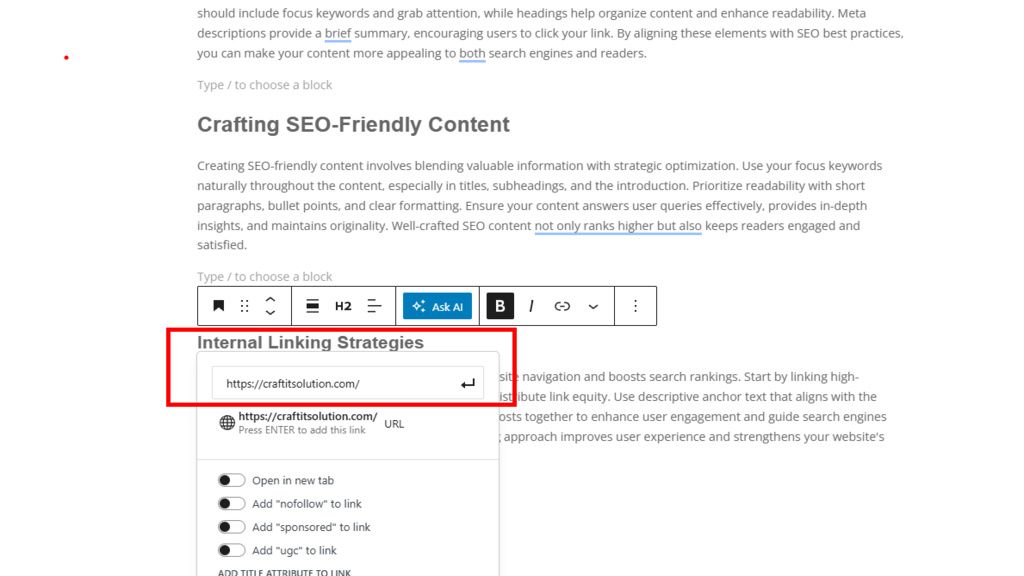
Internal Linking, On-Page SEO
Internal Linking Strategies
Internal linking is a powerful SEO tactic that improves site navigation and boosts search rankings. Start by linking high-performing pages to newer or less visible content to distribute link equity. Use descriptive anchor text that aligns with the linked page’s topic for better context. Group related posts together to enhance user engagement and guide search engines through your site structure. A strategic internal linking approach improves user experience and strengthens your website’s SEO foundation.
Day 7: Technical SEO Simplified
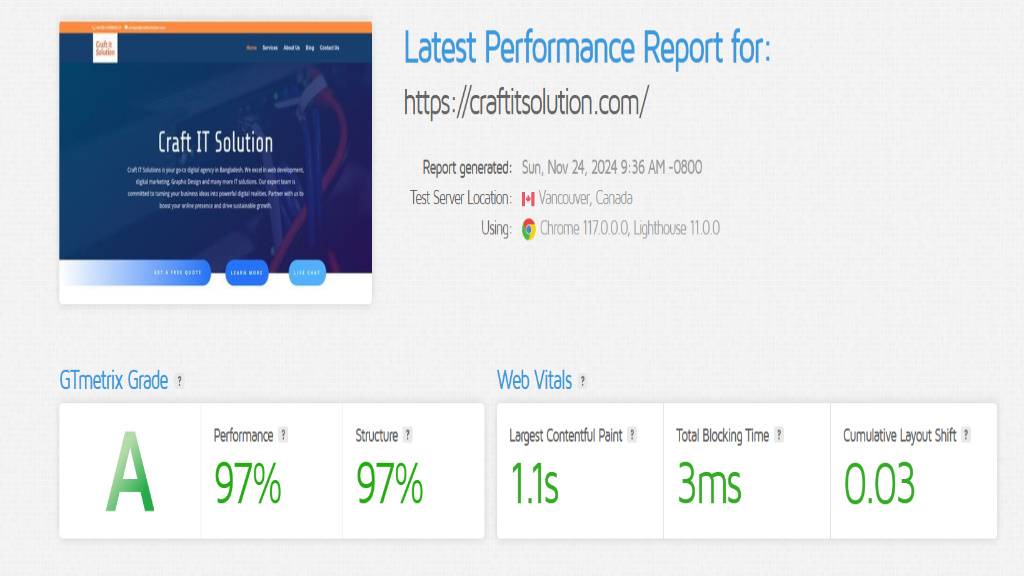
Site Speed and Mobile Optimization
Site speed and mobile optimization are crucial factors for both user experience and SEO. A fast-loading website ensures users stay engaged and reduces bounce rates, while mobile optimization guarantees that your site performs well on smartphones and tablets. Search engines like Google prioritize mobile-friendly websites in their rankings. By using tools like Google PageSpeed Insights and ensuring responsive design, you can enhance your site’s speed and mobile accessibility, leading to better search rankings and user satisfaction.
Fixing Broken Links and Errors
Broken links and errors on your website can negatively impact both user experience and SEO. Search engines may penalize sites with broken links, as they indicate poor maintenance and hinder crawlability. Regularly audit your site using tools like Google Search Console or Screaming Frog to identify and fix broken links, 404 errors, and redirects. By resolving these issues, you enhance your website’s user experience, improve crawl efficiency, and ensure higher rankings.
Importance of XML Sitemaps
XML sitemaps are essential for helping search engines crawl and index your website more efficiently. They provide a structured list of your site’s pages, guiding search engines to discover new content and updates quickly. Submitting an XML sitemap to tools like Google Search Console ensures that your pages are properly indexed, especially for larger sites. Regularly updating your sitemap helps search engines stay informed about changes, improving your site’s visibility and ranking potential.
Day 8-9: Off-Page SEO and Backlinks
The Role of Backlinks in SEO
Backlinks are one of the most important factors in SEO, as they signal to search engines that other websites consider your content valuable. When high-authority sites link to your pages, it boosts your site’s credibility and helps improve its ranking. Focus on earning quality backlinks through strategies like guest blogging, content outreach, and partnerships. A strong backlink profile not only enhances your SEO performance but also drives more organic traffic to your site.

Building Quality Backlinks
Building quality backlinks is essential for improving your site’s SEO and authority. Focus on acquiring links from reputable, relevant websites in your industry through methods such as guest posting, creating shareable content, and engaging in influencer outreach. Avoid low-quality or spammy links, as they can harm your rankings. By building a strong, diverse backlink profile, you enhance your site’s credibility and boost your chances of ranking higher in search engine results.
Social Signals and Brand Mentions
Social signals, such as likes, shares, and comments on platforms like Facebook, Twitter, and Instagram, indicate that your content is engaging and relevant. While not a direct ranking factor, these interactions can drive traffic to your site and increase brand visibility. Brand mentions across social media and websites also contribute to your site’s authority and credibility. By maintaining an active social presence and encouraging brand mentions, you can enhance your SEO efforts and strengthen your overall online visibility.
Day 10-11: Analytics and Performance Tracking
Using Google Analytics for SEO
Search engines that your site is active and continuously providing valuable information. Fresh content also offers new opportunities for keyword targeting, enhancing your site’s authority. By consistently updating your content, you can attract more traffic, improve SEO rankings, and keep visitors coming back for the latest updates and insights.
Tips for Creating Evergreen Content
Evergreen content is the backbone of a long-term SEO strategy. It refers to content that remains relevant and valuable over time, regardless of trends or seasons. To create evergreen content, focus on timeless topics that address fundamental problems or questions in your niche. Incorporate comprehensive guides, how-tos, and in-depth articles that provide lasting value. By optimizing your evergreen content for SEO with the right keywords, internal links, and quality writing, you ensure it continues to drive organic traffic and support your site’s rankings for years to come.
Day 14: Finalizing and Applying Your SEO Knowledge
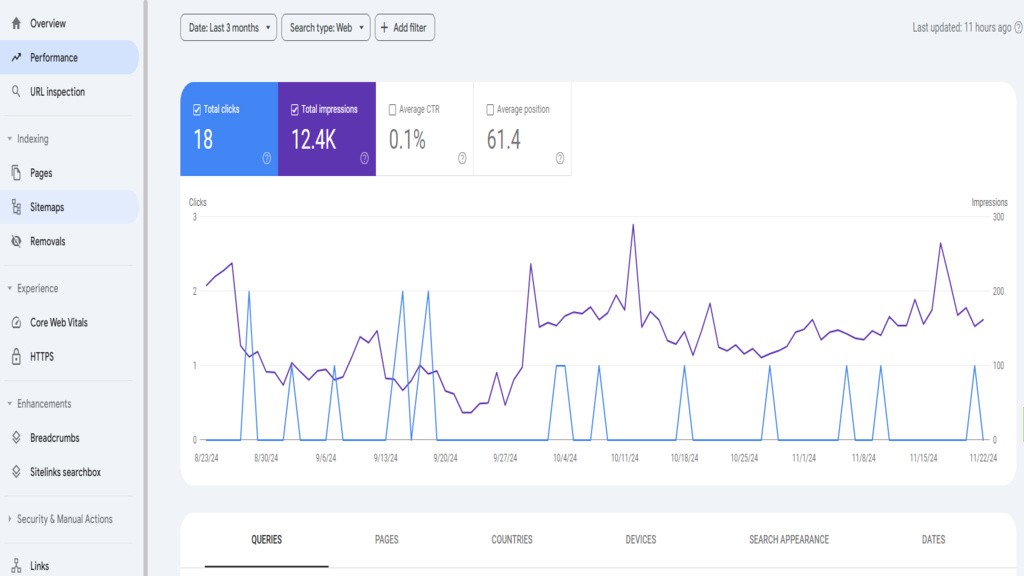
Google Search Console
Testing Your Website’s SEO Performance
Testing your website’s SEO performance is essential for understanding how well your optimization strategies are working. Use tools like Google Search Console, Google Analytics, and SEO audit platforms to track metrics such as organic traffic, keyword rankings, and user engagement. Regularly testing your SEO performance helps identify areas for improvement, troubleshoot issues, and refine your strategy. By evaluating these key performance indicators, you can ensure your website remains optimized and continue driving traffic effectively.
Common SEO Mistakes to Avoid
Even experienced website owners can fall victim to common SEO mistakes that harm rankings. Some of the most frequent errors include keyword stuffing, neglecting mobile optimization, and ignoring page load speed. Other mistakes include failing to update old content, using low-quality backlinks, or not optimizing images. Avoiding these pitfalls is crucial for maintaining a strong SEO foundation. By staying informed and following best practices, you can protect your website from penalties and ensure it performs well in search results.
Planning Your Next Steps
After implementing your SEO strategy, it’s essential to plan your next steps to continuously improve your site’s visibility. Start by reviewing your SEO performance data and setting clear goals for the future. Prioritize areas that need optimization, such as updating content, fixing technical issues, or building backlinks. Keep an eye on emerging trends and algorithm changes to stay ahead of the competition. Regularly adjusting and refining your strategy will help you maintain and enhance your website’s SEO success over time.
Your SEO Journey in 2 Weeks
Recap of Key Learnings
In this SEO guide, we’ve covered essential strategies to enhance your website’s search engine performance. From understanding how search engines work choosing the right keywords to optimize your content and building quality backlinks, each step plays a crucial role in improving visibility. We’ve also highlighted the importance of mobile optimization, regular content updates, and technical SEO for long-term success. By applying these strategies, you can ensure your website ranks higher, attracts more traffic, and delivers a better user experience.
Long-Term SEO Strategies for Success
Achieving long-term SEO success requires a consistent and evolving strategy. Focus on creating high-quality, evergreen content that answers your audience’s questions and stays relevant. Build strong backlinks from authoritative sites, ensure your website is mobile-friendly, and continually optimize for speed and performance. Additionally, stay updated with algorithm changes and SEO best practices. By taking a sustainable approach, regularly monitoring your performance, and adjusting strategies as needed, you can maintain steady growth and long-term results in search engine rankings.
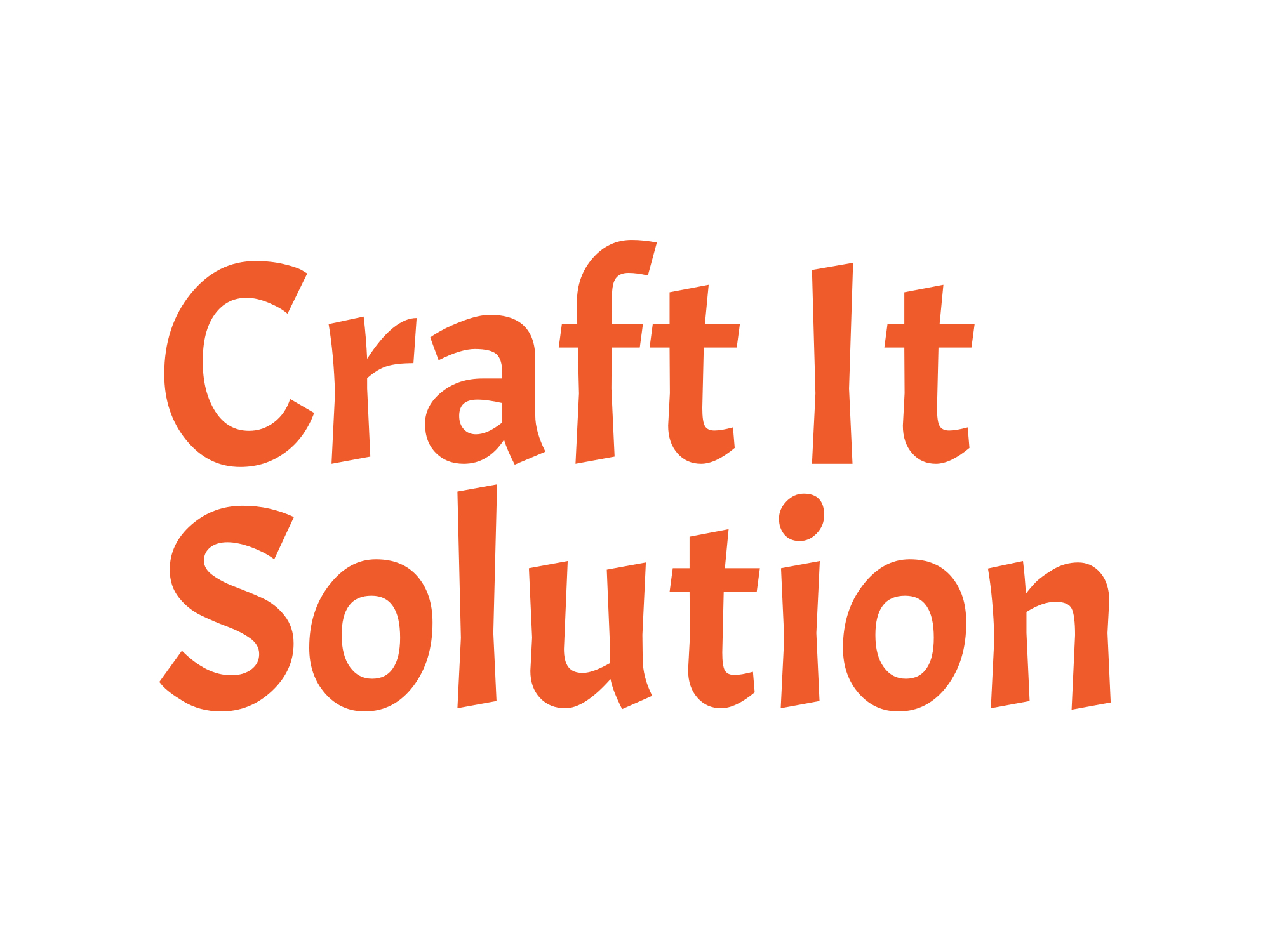
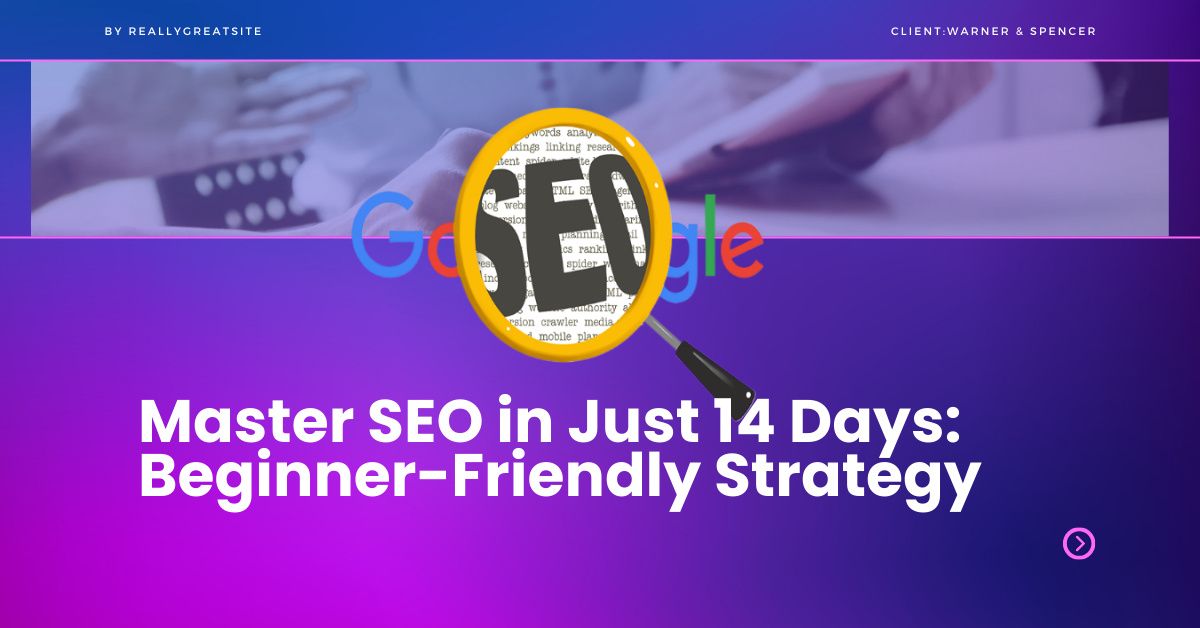
0 Comments